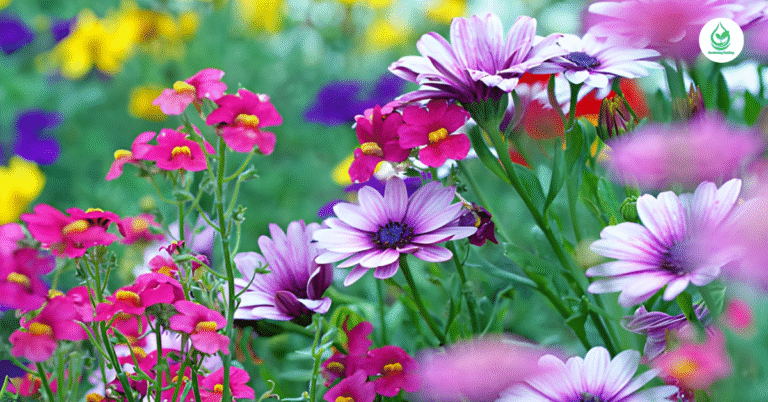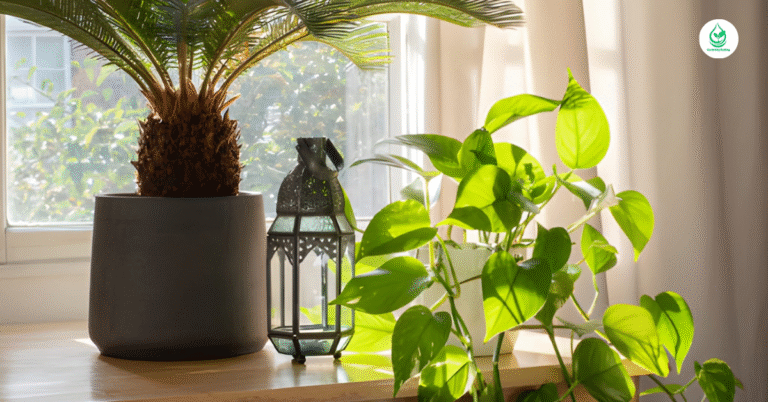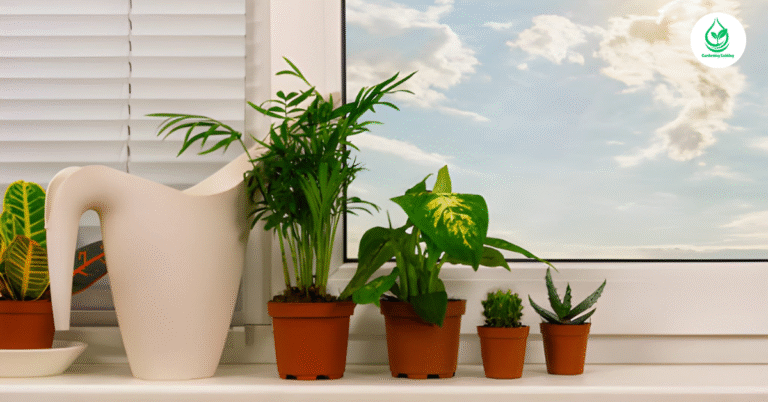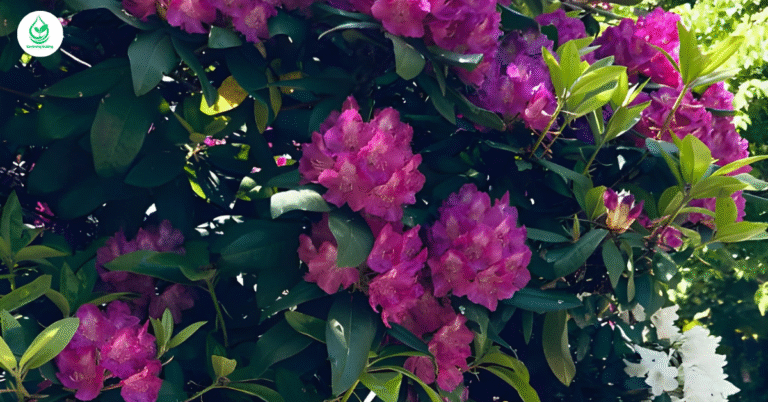6 Areca Palm: The Ultimate Guide to a Tropical Indoor Paradise
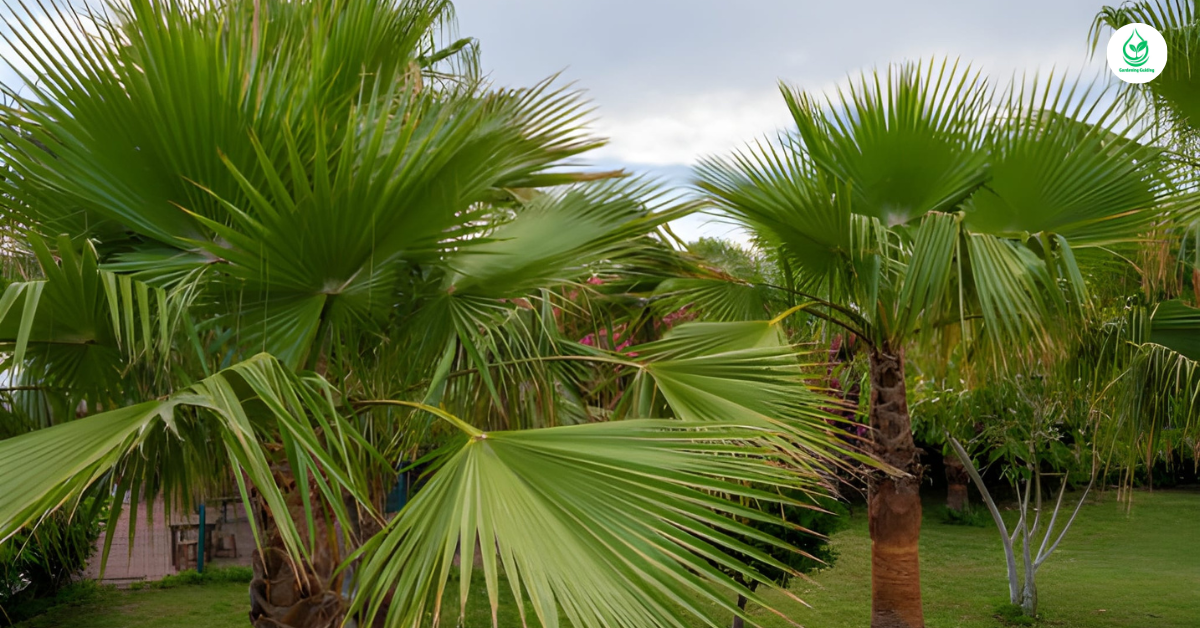
Introduction
The Areca Palm, also known as Dypsis lutescens or Butterfly Palm, is a graceful, air-purifying plant that instantly adds a lush tropical touch to any space. Known for its arching fronds and golden stems, it’s one of the most popular indoor plants worldwide. In this detailed guide, we’ll explore six beautiful Areca Palm varieties, how to grow and care for them, and why they’re the perfect eco-friendly addition to your home.
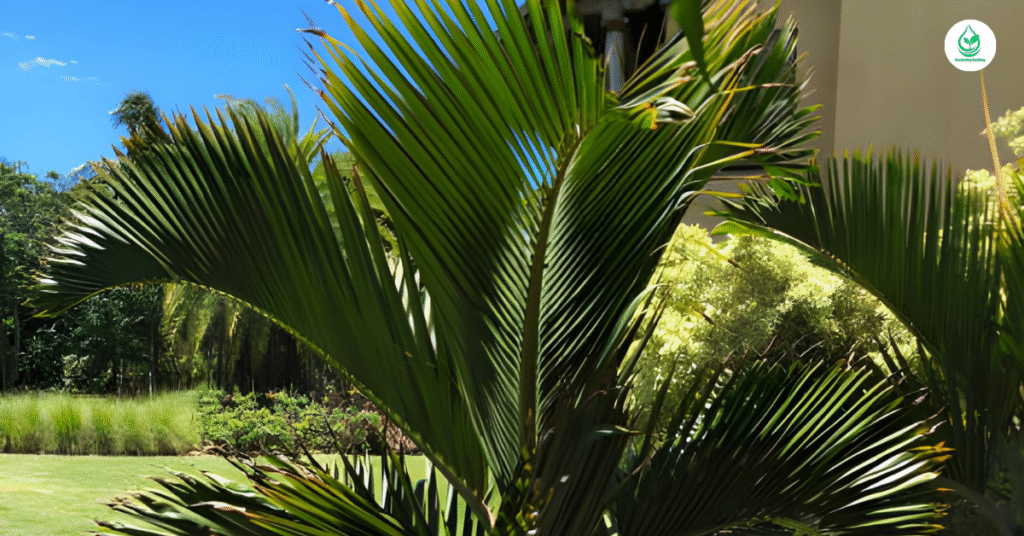
1. Golden Cane Palm (Dypsis lutescens)
Appearance and Features
The Golden Cane Palm stands out with its bright yellow stems and feathery green fronds. This variety is the most common Areca Palm used in homes and offices because of its elegant shape and air-purifying qualities. Its lush appearance can instantly transform a dull corner into a tropical oasis.
Care and Maintenance
Golden Cane Palms thrive in bright, indirect light and well-draining soil. Water the plant when the top inch of soil feels dry but avoid overwatering to prevent root rot. They appreciate humidity, so misting the leaves regularly keeps them vibrant and glossy. Fertilize monthly during the growing season with a balanced, water-soluble fertilizer.
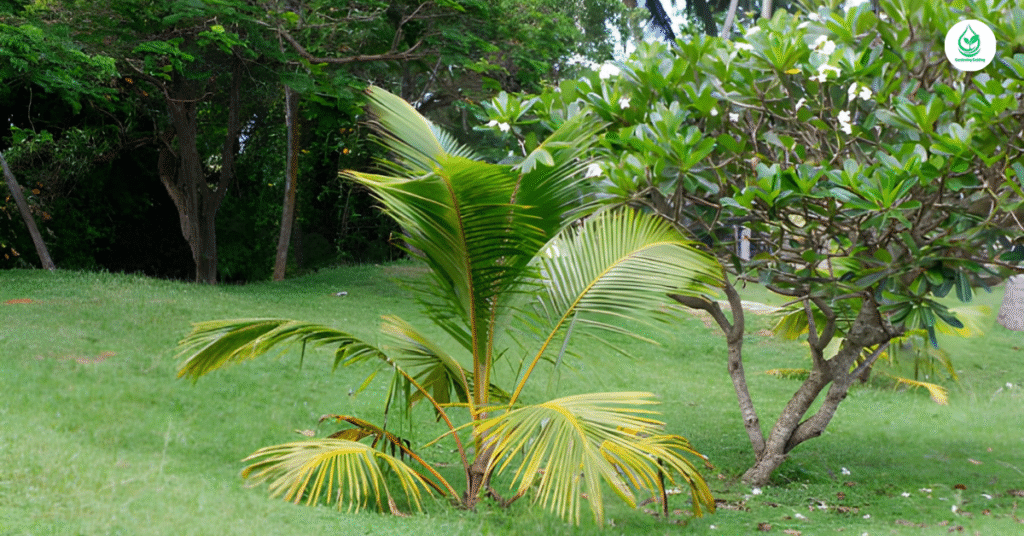
Best Places to Keep It
This palm looks stunning near windows, hallways, or living rooms where it gets filtered sunlight. Its non-toxic nature also makes it safe for homes with pets and children. Many interior designers use it to bring warmth and freshness to modern interiors.
2. Dwarf Areca Palm
Compact Beauty for Small Spaces
The Dwarf Areca Palm is perfect for people who love greenery but have limited space. It grows slower and stays smaller than the typical Areca Palm, making it ideal for desks, tabletops, or apartments. Despite its size, it maintains the same lush foliage and tropical charm.
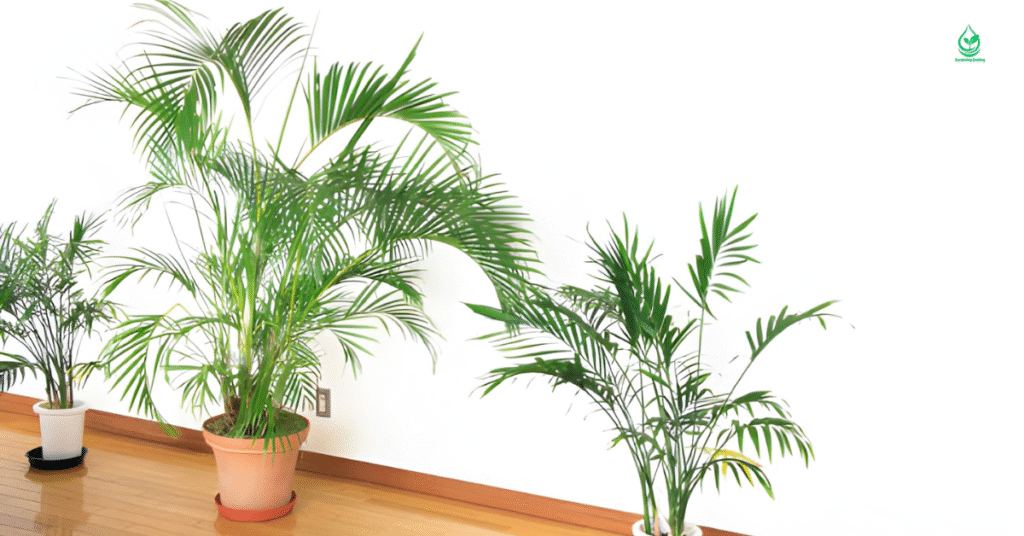
Light and Water Requirements
Like its taller cousin, the Dwarf Areca enjoys bright but indirect sunlight. Overexposure to harsh sun can burn its delicate leaves. Water it lightly every few days, allowing the soil to dry slightly between waterings. Its compact root system means it doesn’t need frequent repotting.
Styling Tips for Small Areas
This plant pairs well with minimalist décor and small planters. Place it in a decorative pot near bookshelves or entryways to enhance the ambiance. It’s also an excellent companion for other tropical houseplants like Snake Plant and Peace Lily.
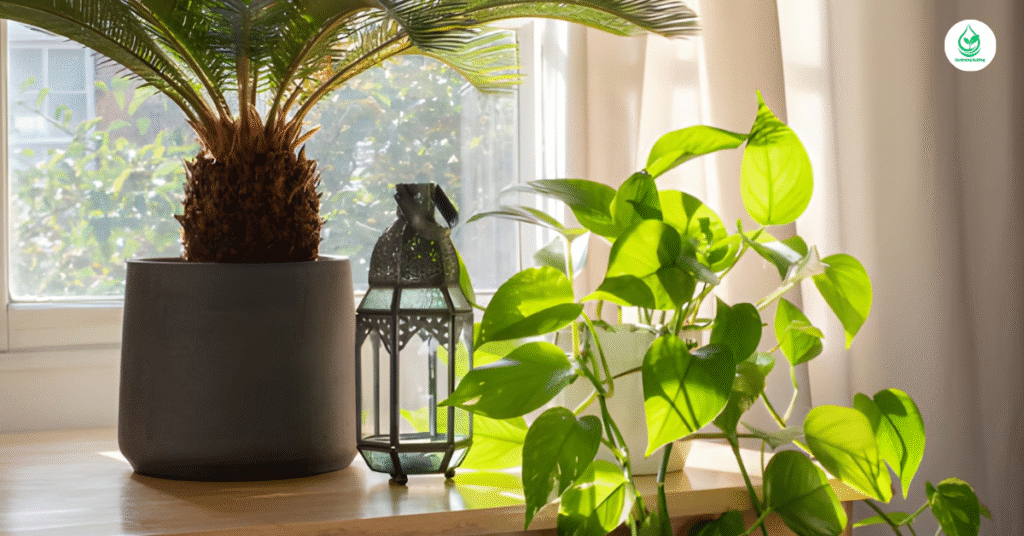
3. Silver Areca Palm
Unique Color and Appeal
The Silver Areca Palm features silvery-green fronds that shimmer beautifully under indoor lighting. It’s rarer than the golden variety, giving it a luxurious and sophisticated look. The silver hue adds brightness and depth to any room, complementing modern or minimalist interiors.
Growing Conditions
Silver Areca Palms prefer medium to bright light and need consistent moisture. Keep the soil evenly moist but not soggy. They love slightly acidic soil enriched with organic matter. Regular pruning helps maintain their neat, feathery look.
Why Choose the Silver Variety
Apart from its beauty, this variety is known for its resilience and ability to adapt to indoor climates. It’s a great option for offices or homes that need a touch of elegance with minimal maintenance effort.
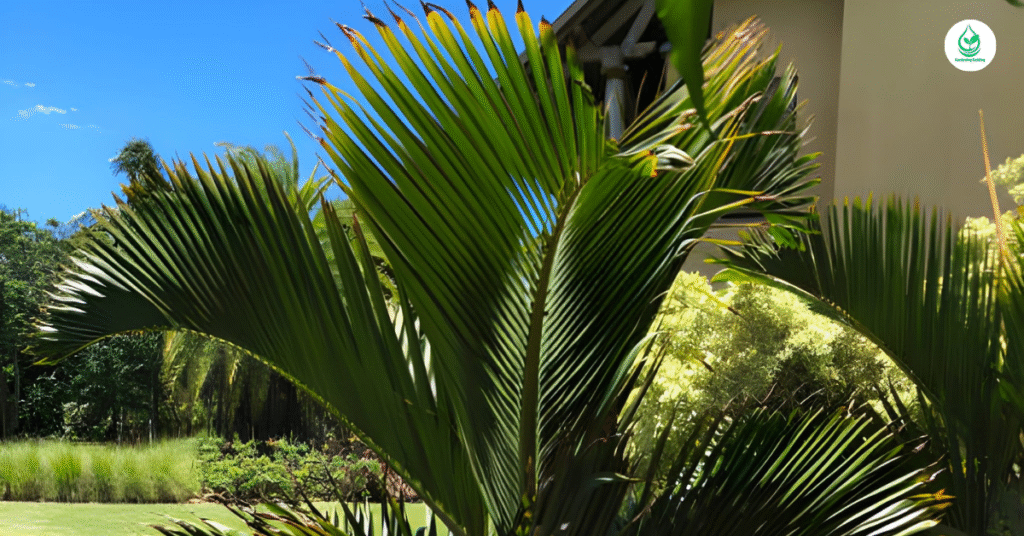
4. Variegated Areca Palm
Colorful and Eye-Catching
The Variegated Areca Palm displays fronds streaked with shades of green, yellow, and cream. Its multicolored leaves make it a standout feature in both indoor and outdoor gardens. This variant is especially popular among collectors and plant enthusiasts.
Care Essentials
Variegated Areca Palms require bright but indirect sunlight to maintain their vibrant leaf patterns. Too little light causes the variegation to fade. Keep the soil slightly moist and use a slow-release fertilizer every few months for healthy growth.
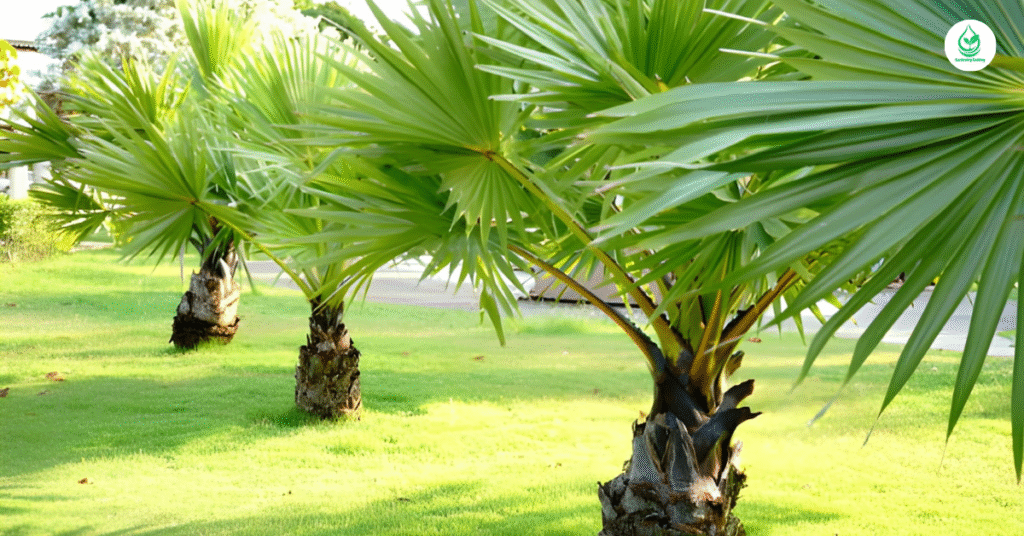
Best Use in Décor
This palm looks stunning when placed against plain-colored walls or near natural light sources. Its striking leaves bring life and contrast to minimalist or neutral-themed interiors, making it an ideal statement plant.
5. Areca Triandra (Madagascar Palm)
Exotic Origin and Appearance
Areca Triandra, also known as the Madagascar Palm, is native to tropical regions of Southeast Asia. It features multiple slender stems topped with lush, feather-like fronds. This variety grows slightly taller and more upright than the common Areca Palm, giving it a more regal look.
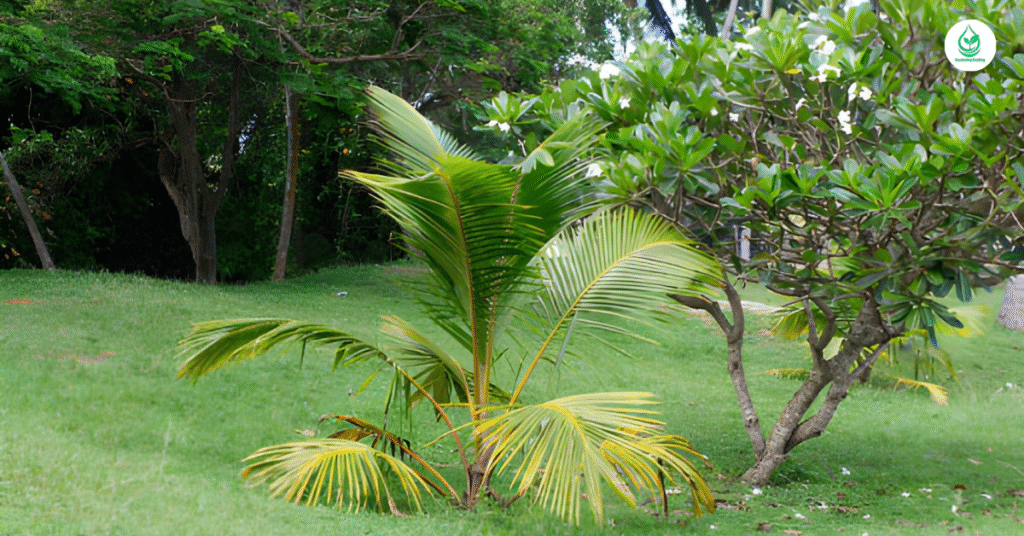
Growth Requirements
It prefers warm, humid conditions and well-drained soil rich in organic matter. Water regularly during the growing season but reduce watering in winter. Placing it near east-facing windows provides just the right amount of light for steady growth.
Why Gardeners Love It
Its durability and aesthetic appeal make it a favorite among landscapers. Whether indoors or in shaded patios, this plant creates an instantly calming and tropical atmosphere.
6. Areca Palm “Butterfly Variety”
Elegant and Graceful Fronds
Known for its delicate, butterfly-like leaves, this Areca Palm variety gets its name from the way its fronds arch gracefully outward. It’s one of the most recognized houseplants for adding elegance and life to modern homes.
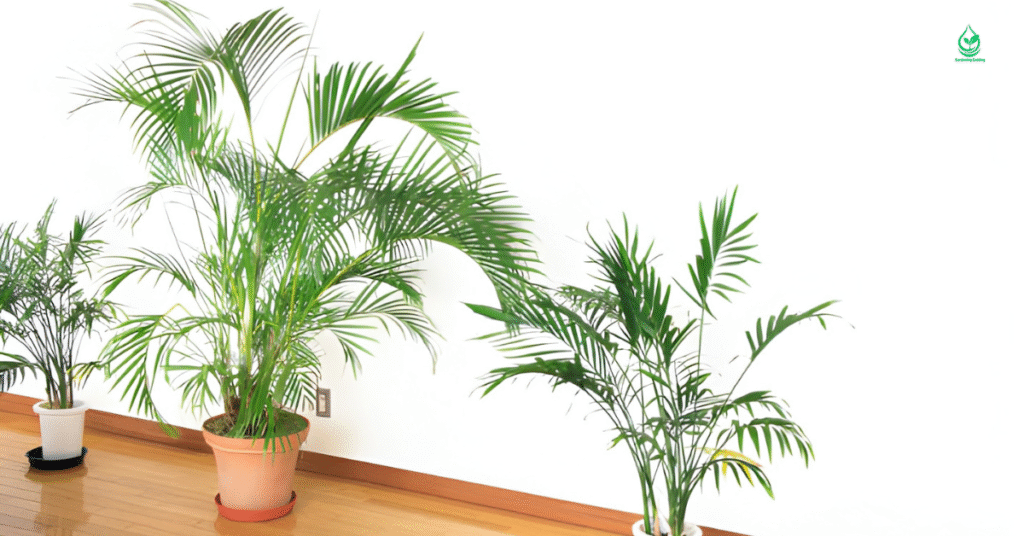
Easy Maintenance Routine
This palm thrives in consistent temperatures and indirect light. Use a humidifier or place it on a tray with pebbles and water to maintain moisture around the plant. Occasional trimming of yellow leaves keeps it looking healthy and vibrant.
Perfect Indoor Plant for Beginners
The Butterfly Areca Palm is one of the easiest indoor plants to grow. Its forgiving nature makes it perfect for beginners who want a lush, tropical vibe without complicated care routines.
Comparison Table: Areca Palm Varieties
| Variety Name | Appearance | Light Needs | Water Needs | Best For |
| Golden Cane Palm | Yellow stems, lush green fronds | Bright, indirect | Moderate | Large indoor spaces |
| Dwarf Areca Palm | Compact, dense foliage | Medium light | Low to moderate | Small rooms, desks |
| Silver Areca Palm | Silvery-green leaves | Medium to bright | Moderate | Modern interiors |
| Variegated Areca Palm | Green and yellow streaked leaves | Bright light | Moderate | Decorative display |
| Areca Triandra | Upright, multi-stemmed | Filtered sunlight | Moderate | Indoor-outdoor transition |
| Butterfly Areca Palm | Gracefully arching fronds | Indirect light | Moderate | Beginners, indoor decoration |
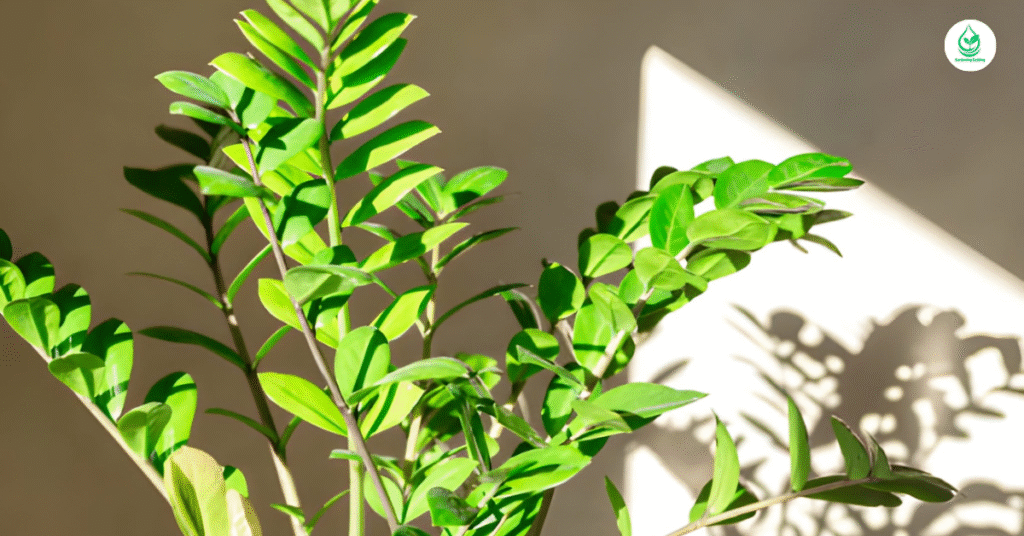
5 Pros of Growing Areca Palms
- Air Purification Power
Areca Palms filter indoor toxins such as formaldehyde and xylene, improving air quality naturally. - Aesthetic Appeal
Their lush, tropical foliage instantly transforms dull corners into vibrant, relaxing spaces. - Pet-Friendly
Unlike many houseplants, Areca Palms are safe for cats and dogs, making them ideal for pet owners. - Low Maintenance
With minimal watering and care requirements, these palms are beginner-friendly. - Eco-Friendly Choice
They absorb CO₂ efficiently, contributing to a cleaner indoor environment and sustainable living.
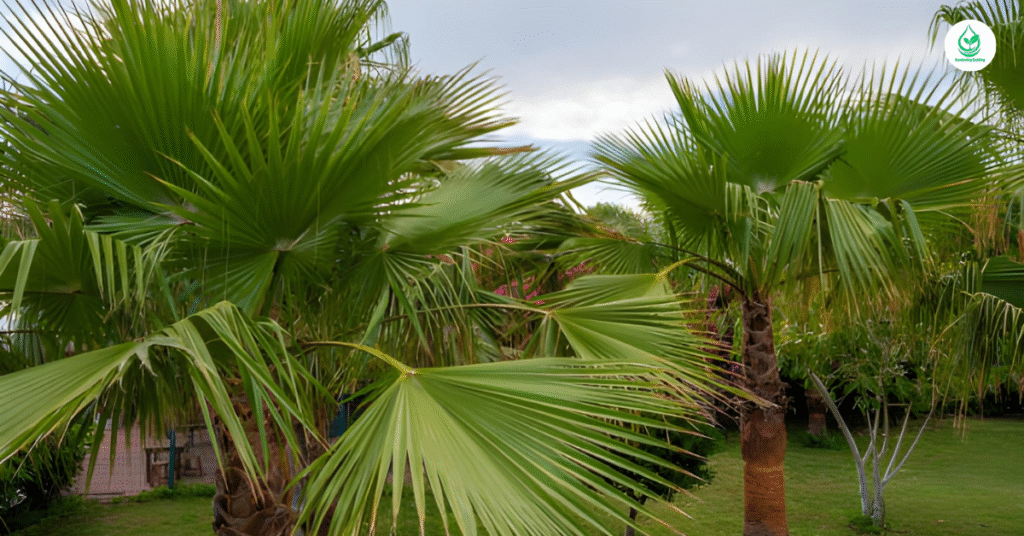
5 Cons of Growing Areca Palms
- Sensitive to Overwatering
Too much water can easily cause root rot if drainage is poor. - Prone to Leaf Browning
Low humidity or direct sunlight can lead to brown leaf tips. - Needs Regular Pruning
Dead fronds need to be trimmed often to maintain a tidy look. - Attracts Pests
Spider mites and mealybugs can occasionally attack if conditions are too dry. - Limited Cold Tolerance
They struggle in temperatures below 50°F (10°C) and must be kept indoors in cold climates.
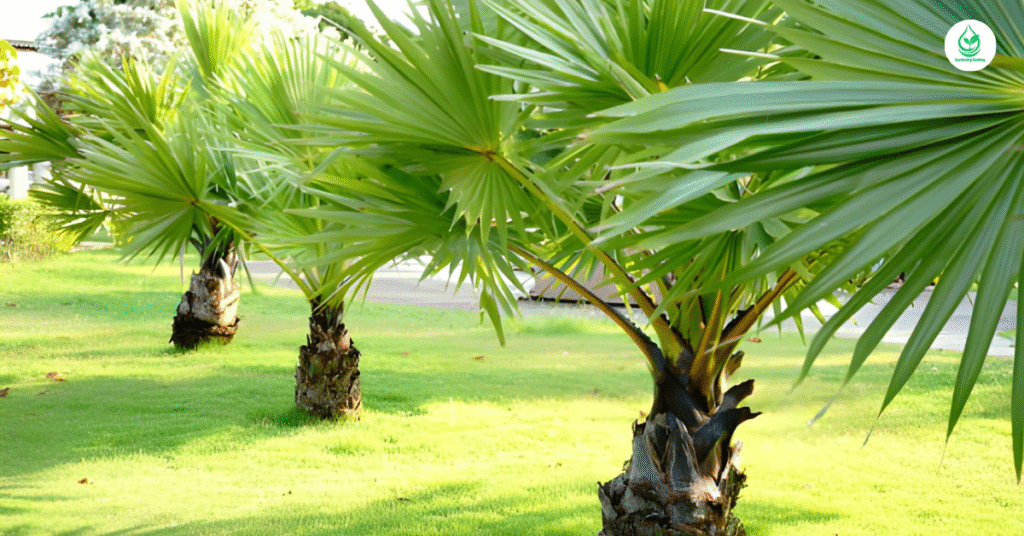
10 Frequently Asked Questions (FAQs)
1. How often should I water my Areca Palm?
Water your Areca Palm once the top inch of soil feels dry. Overwatering can harm the roots, so always ensure proper drainage.
2. Does the Areca Palm need direct sunlight?
No, Areca Palms thrive in bright but indirect sunlight. Direct sun can scorch their leaves.
3. Can I grow an Areca Palm outdoors?
Yes, in tropical or subtropical regions. However, it should be placed in partial shade to prevent leaf burn.
4. How tall can an Areca Palm grow indoors?
Indoors, Areca Palms typically grow up to 6–8 feet tall, depending on the pot size and care routine.
5. Why are my Areca Palm leaves turning brown?
This is usually caused by low humidity, over-fertilization, or too much direct sunlight.
6. Is the Areca Palm safe for pets?
Yes! Areca Palms are non-toxic and completely safe for cats and dogs.
7. How do I fertilize my Areca Palm?
Use a diluted, balanced liquid fertilizer once a month during spring and summer. Avoid feeding during winter.
8. Can I propagate my Areca Palm?
Yes, propagation is best done through root division during repotting.
9. How can I make my Areca Palm grow faster?
Provide bright indirect light, maintain humidity, and use nutrient-rich soil to encourage growth.
10. What is the lifespan of an Areca Palm?
With proper care, Areca Palms can live up to 10 years or longer indoors.
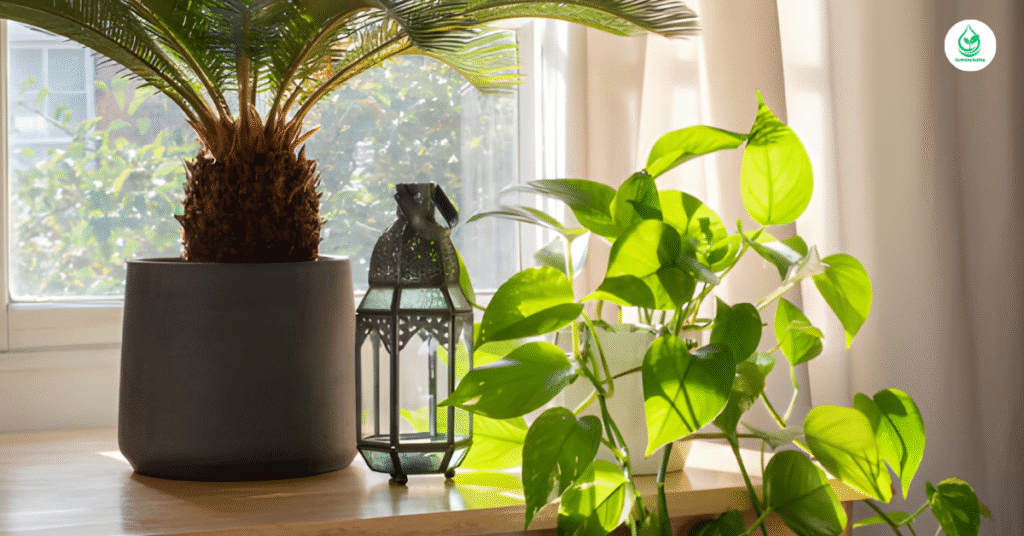
Conclusion
The 6 Areca Palm varieties offer a perfect mix of beauty, functionality, and sustainability. From the classic Golden Cane to the rare Silver and Variegated types, each one brings a unique tropical charm to your space. These palms not only elevate your home’s aesthetic but also cleanse the air, reduce stress, and promote a calm environment. Whether you’re a beginner or a seasoned plant enthusiast, Areca Palms are among the easiest and most rewarding houseplants you can grow.

